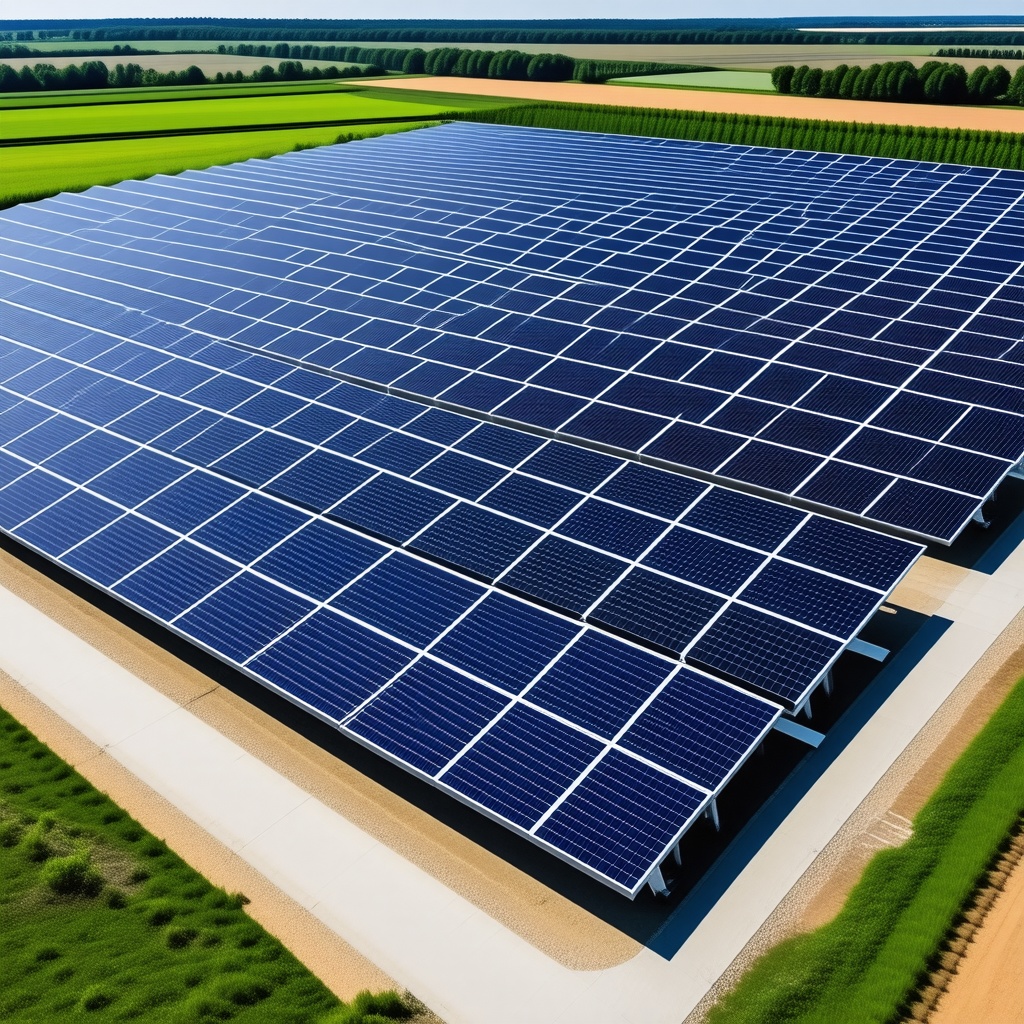Šiame tinklaraštyje siekiame ne tik informuoti apie naujausius technologinius pasiekimus, bet ir padėti jums geriau suprasti, kaip efektyviai panaudoti jau turimas technologijas. Nuo praktinių patarimų, kaip prailginti baterijos veikimo laiką, iki išsamių apžvalgų apie naujausius dirbtinio intelekto pasiekimus – čia rasite viską, ko reikia šiuolaikiniam technologijų entuziastui.
- Updating in-car navigation (7)
- Repair of vacuum cleaners (2)
- E-scooter repair, news (3)
- Repair of power tools (1)
- Fotoaparatų, objektyvų, vaizdo kamerų remontas (4)
- Coffee machine repair, news (3)
- Computer repair, news (125)
- Konsolių XBOX, PlayStation, Nintendo ir kitų remontas (2)
- Repair of rectifiers (2)
- Technologijos (64)
Interneto greitaveika: kaip išmatuoti teisingai
Kodėl visi matavimo rezultatai skirtingi Turbūt daugelis esate pastebėję keistą dalyką – patikrini interneto greitį…
Saules jegaines kaina: apskaičiavimas online
Kodėl verta suskaičiuoti iš anksto Kai pradedi galvoti apie saulės elektrines, pirmasis klausimas, kuris šauna…
Nauji elektromobiliai kaina Lietuvoje
Kodėl elektromobiliai vis dar kainuoja daugiau nei tikėjomės Kai pradedi domėtis elektromobiliais Lietuvoje, pirmasis dalykas,…
Ryšys telefone: kas daryti kai prasta signalo kokybė
Kodėl telefonas kartais elgiasi kaip užsispyręs asilas Turbūt kiekvienas esame patyrę tą nervus erzinantį momentą,…
5G ryšys Lietuvoje: kur veikia ir kokios kainos
Kas iš tiesų yra tas 5G ir kodėl visi apie jį kalba Penktos kartos mobilusis…
S22 Ultra kaina: ar verta pirkti šiandien
Kas ta S22 Ultra ir kodėl apie ją vis dar kalbama Samsung Galaxy S22 Ultra…






